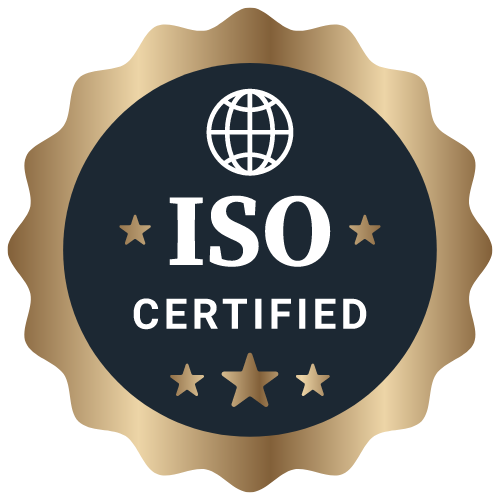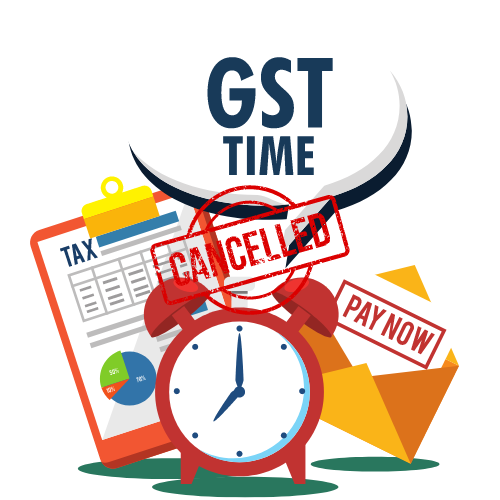Step-by-Step Guide to Registering an OPC in India
Learn how to easily register an OPC (One Person Company) in India with our comprehensive step-by-step guide. From choosing a unique name to obtaining the necessary approvals, this resource covers all the essential steps to help you successfully set up your business.
Step-by-Step Guide to Registering an OPC in India
One Person Company (OPC) is a type of business entity in India that allows a single individual to operate a corporate entity with limited liability protection. Registering an OPC can be a straightforward process if you follow the necessary steps correctly. In this guide, we will walk you through the step-by-step process of registering an OPC in India.
Step 1: Obtain Digital Signature Certificate (DSC)
The first step in registering an OPC is to obtain a Digital Signature Certificate (DSC) for the proposed director of the company. A DSC is a secure digital key that is used to electronically sign documents submitted online to the Ministry of Corporate Affairs (MCA).
Step 2: Obtain Director Identification Number (DIN)
Next, the proposed director of the OPC must obtain a Director Identification Number (DIN) from the Ministry of Corporate Affairs. The DIN is a unique identification number assigned to an individual who wishes to be a director of a company in India.
Step 3: Name Approval
Once you have obtained the DSC and DIN, you can proceed to apply for the approval of the name of your OPC. The name should be unique and not similar to any existing company or trademark. You can check the availability of the name on the MCA website and file the application for name approval.
Step 4: Drafting of MOA and AOA
After the name is approved, you need to draft the Memorandum of Association (MOA) and Articles of Association (AOA) of the OPC. These documents outline the objectives and rules of the company and must be filed with the MCA as part of the registration process.
Step 5: Filing for Incorporation
Once the MOA and AOA are drafted, you can proceed to file the incorporation documents with the MCA. The required documents include the MOA, AOA, INC-9 declaration, PAN card, identity proof, and address proof of the director, and the registered office address proof of the company.
Step 6: Certificate of Incorporation
If the MCA is satisfied with the documents submitted, they will issue a Certificate of Incorporation for your OPC. This is the official document that signifies the existence of your company as a legal entity in India.
Step 7: Post-Incorporation Formalities
After receiving the Certificate of Incorporation, you need to complete some post-incorporation formalities such as opening a bank account in the name of the company, obtaining the Permanent Account Number (PAN) and Tax Deduction Account Number (TAN) for the company, and ensuring compliance with other applicable laws and regulations.
Conclusion
Registering an OPC in India can be a relatively simple process if you follow the above steps carefully and accurately. It is important to ensure compliance with all legal requirements and regulations to avoid any issues in the future. By registering an OPC, a single individual can enjoy the benefits of limited liability protection and operate a corporate entity with ease.
Latest Updates
ca4filings.com Services




























-registration.png)



